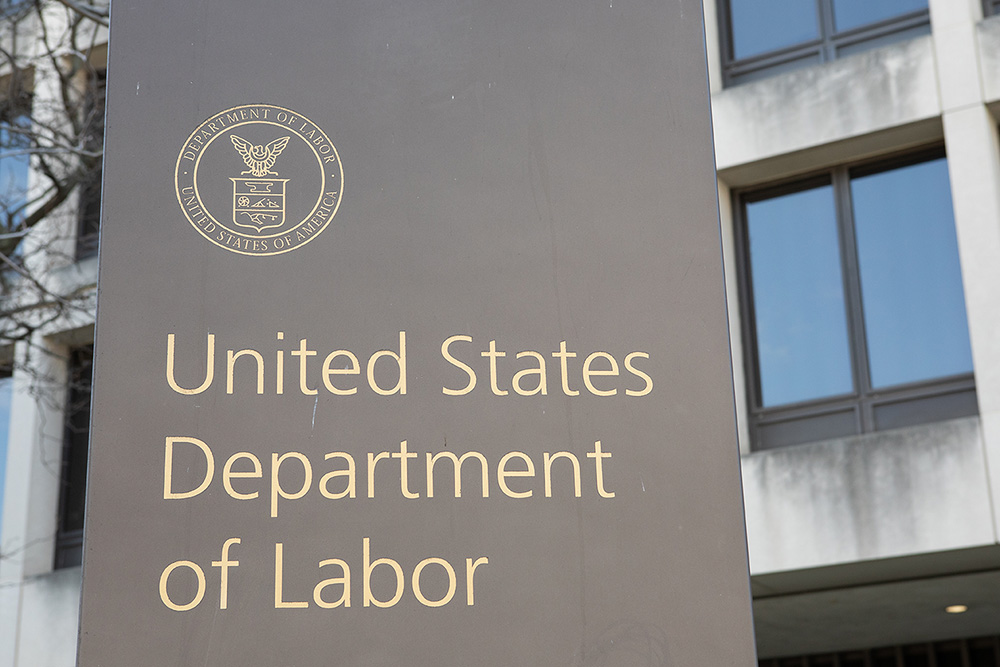The Status of the Department of Labor (DOL) Joint Employment Rule and Recent Developments In Employment Law
In the December 2021 issue, we discussed the anticipated changes in employment law during the Biden administration. This was especially true for the Department of Labor (DOL) Joint Employment Rule. Since then, several key developments reshaped wage regulations, independent contractor classifications and joint employment liability. Below is a recap of the Joint Employer Rule and a summary of recent legal changes affecting employers.
Joint Employer Rule Update
As of March 17, 2025, the Department of Labor’s (DOL) 2020 Joint Employer Rule is no longer in effect. This rule, which went into effect in March 2020 had narrowed definitions of joint employment under Fair Labor Standards Act. The DOL announced on July 29, 2020 that it would rescind the 2020 Joint Employment Rule. The rescission was originally scheduled to take place on September 28, 2020, but was later extended until October 5, 2021. This rescission restored the broader joint employment standard that existed prior to the 2020 rule. It made it easier for businesses and organizations to be held responsible as joint employers under FLSA. This change primarily impacts franchisors, staffing agencies, and companies using third-party contractors, which may now face increased liability for wage and hour violations.
Although the 2020 rule was rescinded, ongoing legislative proposals continue to seek clarification on joint employment standards. The Save Local Business Act was introduced to establish a more employee-friendly standard. It states that a company can only be considered a joint employment if it has “direct, actual and immediate” control of key employment terms. As of early 2025, there have been significant changes in employment law. The increase was set to take effect in two stages, with the standard salary level rising to $844 per week ($45,888 annually) on July 1, 2024.
However, on November 15, 2024, the U.S. District Court for the Eastern District of Texas vacated the 2024 Overtime Rule nationwide, ruling that the agency exceeded its statutory authority. The DOL has appealed the decision, but the thresholds have reverted to the amounts established by the 2019 Overtime Rule.
– Minimum Wage for Federal Contractors:
Minimum Wage for Federal Contractors: In 2021, President Biden signed an executive order raising the minimum wage for federal contractors to $15 per hour, effective January 30, 2022, with annual adjustments for inflation. The increase was applied to all new and extended federal contracting, with the goal of improving wages for government contractors. In November 2024, however, a U.S. court of appeals ruled that Biden had exceeded his authority when he imposed a minimum wage of $17.20 for federal contractors. The court sided with several Republican-led state that challenged the order. The decision has caused legal uncertainty and more appeals are expected. Businesses with federal contracts should stay informed of any changes affecting wage requirements.
– Independent Contractor Classification:
The DOL issued a new rule in 2024 updating the test for determining whether someone is an employee or an independent contractor under the FLSA. This rule is intended to reduce the likelihood of employees being misclassified and provide a consistent approach for business. This rule makes it more likely that workers will be classified as employees rather than independent contractors, especially in industries like construction, transportation, and gig economy jobs. This shift makes it more likely that workers will be classified as employees rather than independent contractors, especially in industries like construction, transportation, and gig economy jobs.
Businesses that rely on independent contractors should carefully review their worker classification policies to ensure compliance with the updated standards.
Conclusion
The landscape of employment law continues to evolve, influenced by administrative changes and judicial rulings. Businesses should be aware of these changes to ensure compliance and to adapt to new regulations.






